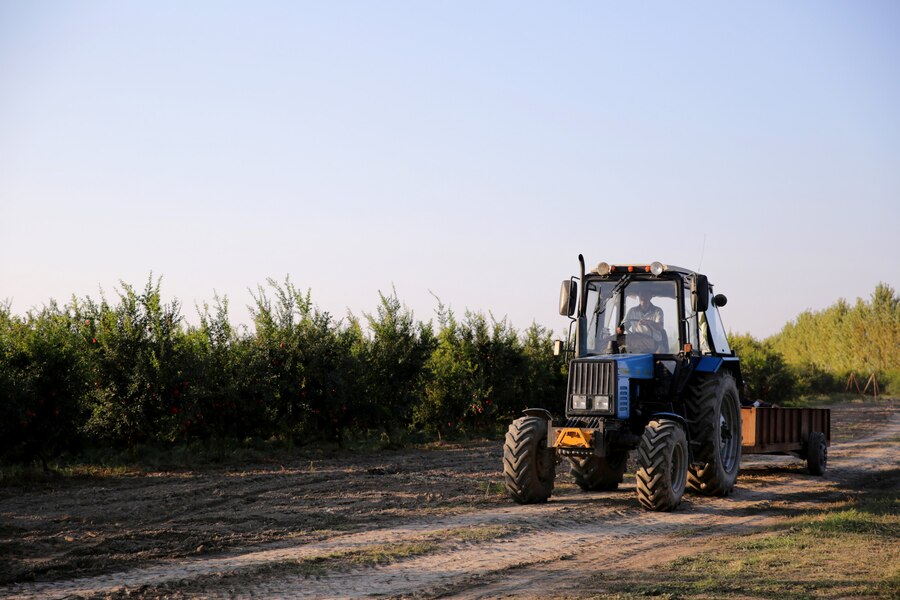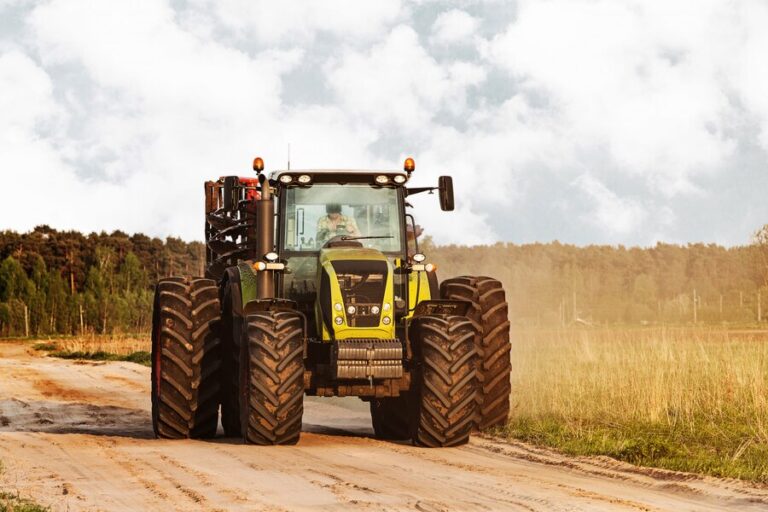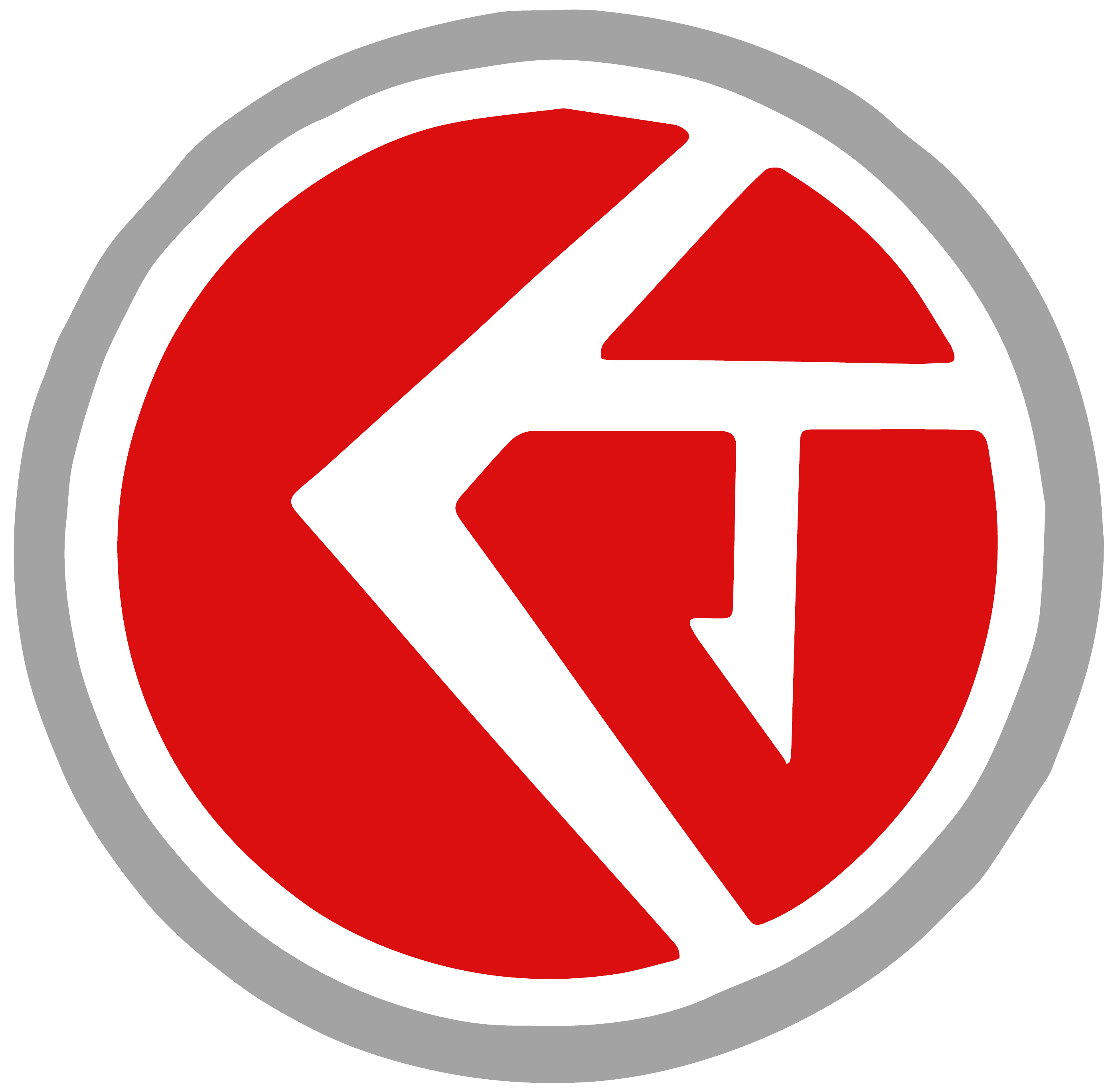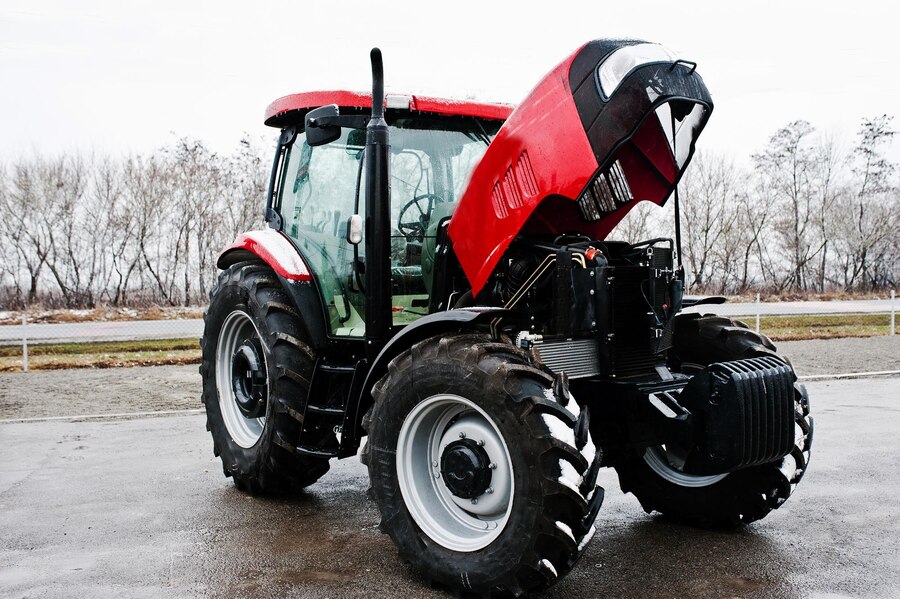Expert Tractor Parts Comparison Guide

Introduction
Why Comparing Tractor Replacement Parts Matters
Choosing the right tractor replacement parts is crucial for maintaining optimal performance, durability, and safety. With a wide variety of options available, including genuine OEM parts, aftermarket alternatives, and refurbished components, making an informed decision can be challenging. Each type of replacement part offers different advantages in terms of cost, quality, and compatibility. This guide provides a comprehensive comparison of tractor replacement parts, helping you understand the differences between genuine and aftermarket options. Whether you’re a farmer, mechanic, or agricultural professional, knowing the pros and cons of each type allows you to make cost-effective and reliable choices for your machinery.
Genuine OEM Tractor Parts: Quality, Fit, and Warranty
Genuine OEM (Original Equipment Manufacturer) parts are designed and produced by the same manufacturer that built your tractor. They are made to exact specifications, ensuring a perfect fit and optimal performance. OEM parts are rigorously tested for quality, durability, and safety, guaranteeing consistent reliability. One of the biggest advantages of using genuine OEM parts is the manufacturer’s warranty, which provides coverage against defects and ensures peace of mind. Additionally, OEM parts maintain the resale value of your tractor by preserving its original integrity. However, they are generally more expensive than aftermarket alternatives. Choosing OEM parts is ideal for those who prioritize quality, compatibility, and long-term performance.
Aftermarket Tractor Parts: Cost-Effective Alternatives
Refurbished Tractor Parts: Budget-Friendly and Eco-Friendly
Aftermarket tractor parts are produced by third-party manufacturers and are designed to function similarly to OEM parts. They are often more affordable and widely available, making them a popular choice for budget-conscious buyers. The quality of aftermarket parts can vary significantly, depending on the manufacturer and materials used. While some aftermarket parts offer comparable performance to OEM parts, others may compromise on fit, durability, or safety. It’s essential to choose reputable aftermarket brands known for high-quality products. Additionally, aftermarket parts may not come with a warranty, increasing the risk of potential failures. If cost savings are a priority and you’re willing to research trusted brands, aftermarket parts can be a cost-effective alternative.
Performance and Durability: Genuine vs. Aftermarket Parts
Aftermarket parts are usually cheaper than OEM components, which can be appealing for cost-conscious buyers. However, their lack of precise engineering and varying quality standards can lHydraulic Reservoirs: Storing and Maintaining Fluid Levelsead to frequent replacements and performance issues in the long run.

Warranty and Support: Manufacturer’s Assurance vs. Third-Party Guarantees
Comparing Quality: Genuine vs. Aftermarket Tractor Parts
Warranty and customer support are important factors to consider when purchasing tractor replacement parts. Genuine OEM parts come with a manufacturer’s warranty that covers defects and malfunctions, providing peace of mind and protection against potential failures. Additionally, OEM parts are backed by the manufacturer’s technical support, ensuring expert assistance and reliable service. Aftermarket parts may or may not come with a warranty, depending on the brand and supplier. Some reputable aftermarket manufacturers offer limited warranties, but the coverage is often shorter than OEM warranties. Comparing warranty terms and customer support helps you make a risk-free purchase decision.
The Importance of Choosing the Right Tractor Parts
Selecting the right tractor parts impacts not only performance but also safety and operational costs. Poor-quality parts can lead to frequent breakdowns, increased maintenance costs, and even safety risks. Understanding the significance of each component and its role in the overall machinery system is crucial for ensuring long-term reliability and productivity.
Advantages of Choosing Aftermarket Tractor Parts

Warranty and Support: Manufacturer’s Assurance vs. Third-Party Guarantees
Aftermarket tractor parts are produced by third-party manufacturers and are designed to function similarly to OEM parts. They are often more affordable and widely available, making them a popular choice for budget-conscious buyers. The quality of aftermarket parts can vary significantly, depending on the manufacturer and materials used. While some aftermarket parts offer comparable performance to OEM parts, others may compromise on fit, durability, or safety. It’s essential to choose reputable aftermarket brands known for high-quality products. Additionally, aftermarket parts may not come with a warranty, increasing the risk of potential failures. If cost savings are a priority and you’re willing to research trusted brands, aftermarket parts can be a cost-effective alternative.
Why Choose Refurbished Tractor Parts?
Refurbished parts offer a budget-friendly and environmentally responsible alternative by recycling used components. They are thoroughly inspected, repaired, and tested to ensure functional reliability. Refurbished parts are ideal for older tractor models or non-critical applications where cost savings outweigh the need for brand-new components.
Hydraulic Pumps: Generating Power and Pressure for Tractor Functions
Hydraulic Valves: Controlling Direction, Pressure, and Flow in Hydraulic Systems
Hydraulic valves are critical components that control the direction, pressure, and flow of hydraulic fluid within the system. They determine how much fluid goes where, at what pressure, and in which direction, ensuring precise movement and operational safety. There are several types of hydraulic valves used in tractors, including directional control valves, pressure relief valves, flow control valves, and check valves. Directional control valves manage the flow direction to actuators, enabling forward, reverse, and neutral positions. Pressure relief valves protect the system from overpressure, preventing damage and ensuring safety. Flow control valves regulate fluid flow rates, optimizing speed and efficiency. Check valves allow unidirectional flow, preventing backflow and contamination. Proper maintenance of hydraulic valves includes cleaning, inspecting for wear and tear, and replacing damaged seals. Regular valve maintenance ensures accurate control, consistent performance, and extended system longevity.
Quality Assurance and Risks of Refurbished Parts
The reliability of refurbished parts depends on the refurbishing process and the condition of the original part. While reputable suppliers provide quality assurance and warranties, some refurbished parts may have limited durability. Evaluating the credibility of the supplier and understanding the warranty terms are essential for making informed purchases.
Conclusion
Choosing the right tractor replacement parts is crucial for maintaining optimal performance, safety, and efficiency in your agricultural operations. The decision between genuine OEM parts, aftermarket alternatives, and refurbished components depends on several factors, including quality, cost, compatibility, and warranty support. Each type of replacement part has its own advantages and challenges, and understanding these differences enables you to make informed and cost-effective choices.
Genuine OEM parts are known for their high quality, precise fit, and reliability. They are manufactured to meet the exact specifications of your tractor model, ensuring seamless integration and consistent performance. OEM parts also come with comprehensive warranties and technical support, offering peace of mind and long-term value. However, they tend to be more expensive, which may not always fit within budget constraints.
Aftermarket parts, on the other hand, offer cost-effective solutions with a wide range of options. While high-end aftermarket brands provide reliable performance and durability, others may compromise on quality or fit. Conducting thorough research and choosing reputable brands are essential to avoid potential compatibility issues and subpar performance. Aftermarket parts are ideal for budget-conscious buyers who want to maintain operational efficiency without overspending.
Refurbished parts present an eco-friendly and budget-friendly option by recycling used components. They undergo rigorous inspection, repair, and testing to ensure functionality. However, the quality and lifespan of refurbished parts depend on the refurbishing process and the condition of the original part. Choosing reputable suppliers who provide quality assurance and warranties can mitigate the risks associated with refurbished parts.

